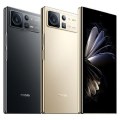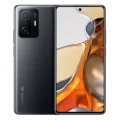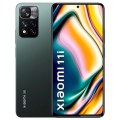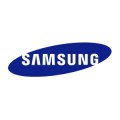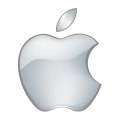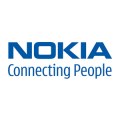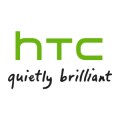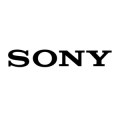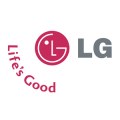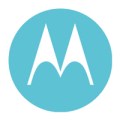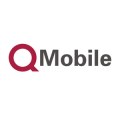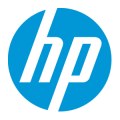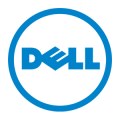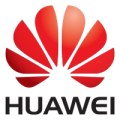- Awesome page
- Latest Mobile
- Smartphones
- Xiaomi Redmi Note 13
Xiaomi Redmi Note 13
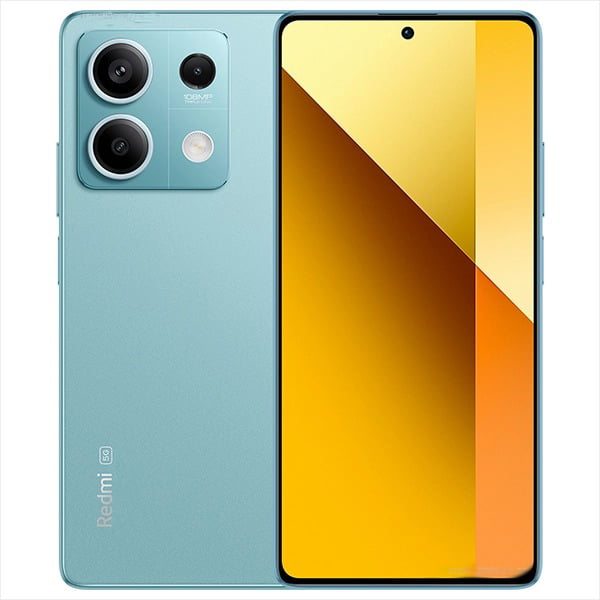

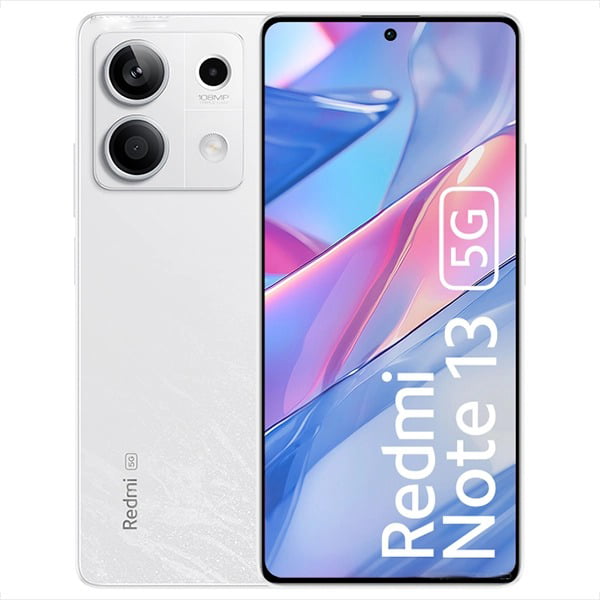
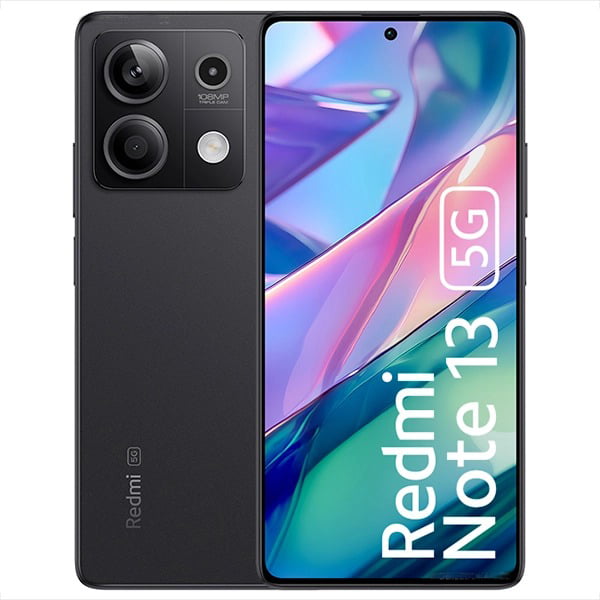

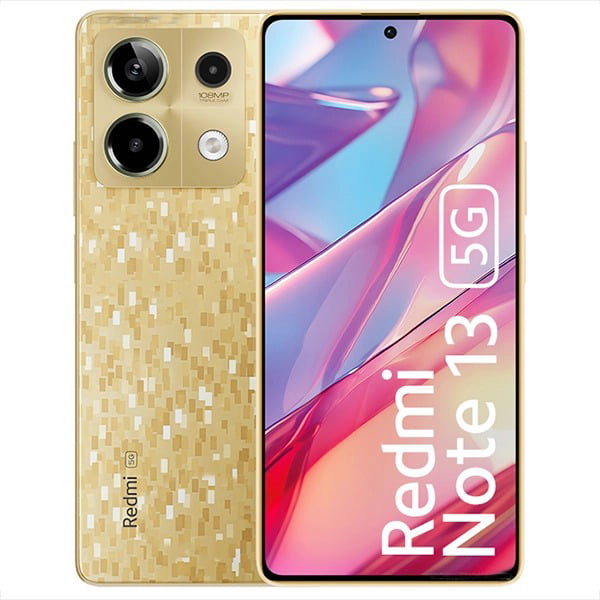
Xiaomi Redmi Note 13 Price in Bangladesh
The Xiaomi Redmi Note 13 is a mid-range smartphone priced around BDT 26,000 in Bangladesh. It offers a large display, a capable camera system, a long-lasting battery, and a powerful processor. It’s a popular choice among users who prioritize value for money and performance.
Specifications
General
| Model | Xiaomi Redmi Note 13 |
| Announced | 2024, January 04 |
| Released | 2024, January 10 |
| Status | Available |
| Unofficial price | 6GB 128GB GB ৳26,000 / 8GB 256GB GB ৳30,000 / 12GB 256GB ৳34,500 |
| Global price | €183.32 / ₹17,999 / ₹19,999 / ₹21,999 |
Design
| Dimensions | 161.1 x 75 x 7.6 mm (6.34 x 2.95 x 0.30 in) |
| Weight | 173.5 g (6.14 oz) |
| Colors |
Graphite black (Stealth Black), Arctic White, Ocean Teal, Prism Gold |
Network
| Technology | GSM / HSPA / LTE / 5G |
| 2G Network |
GSM 850 / 900 / 1800 / 1900 - SIM 1 & SIM 2 |
| 3G Network |
HSDPA 850 / 900 / 2100 |
| 4G Network |
1, 3, 5, 8, 28 - India |
| 5G Network |
1, 3, 5, 8, 28, 40, 78 SA/NSA - India |
| GPRS <strong>GPRS</strong> (General Packet Radio Service) is a packet oriented mobile data service on the 2G and 3G cellular communication system's global system for mobile communications (GSM), Generally, GPRS is used for the purpose of wireless data transfer, such as sharing pictures and videos or browsing the Internet via a mobile phone connection. | |
| EDGE <strong>EDGE</strong> (Enhanced Data GSM Environment) is a wireless network technology generally considered the next step in the 2G network offers data transfer rates up to four times faster than ordinary GSM networks, Generally, EDGE is used for the purpose of wireless data transfer, such as sharing pictures and videos or browsing the Internet via a mobile phone connection. | |
| Speed | HSPA, LTE-A (CA), 5G |
Display
| Display Type <strong>Display Technology => </strong> A number of display technologies and types used in mobile phones => TFT (Thin Film Transistor), IPS (In-Place Switching), OLED (Organic Light Emitting Diode), AMOLED (Active-Matrix Organic Light-Emitting Diode), Super AMOLED (an even advanced version of AMOLED), Resistive Touchscreen (Resistive touchscreens contain two layer of conductive material with a very small gap between them which acts as a resistance), Capacitive Touchsceen (Capacitive touchscreen technology consists of a layer of glass coated with a transparent conductor) | AMOLED capacitive touchscreen, 1B colors |
| Size | 6.67 inches, 107.4 cm2 (~88.9% screen-to-body ratio) |
| Resolution | 1080 x 2400 pixels, 20:9 ratio (~395 ppi density) |
| Features |
Corning Gorilla Glass 5 120Hz, 1000 nits (peak) |
Camera
Main camera
| Camera Setup | Triple |
| Primary <strong>Camera</strong> is able to capture photographs and usually videos, The most important characteristics of a camera are the resolution (measured in megapixels), lens focus type (fixed or automatic), higher megapixel cameras are known to capture higher quality photos, but not always a good measurement of the photos quality. |
108 MP, f/1.8, (wide), 0.64µm, PDAF 8 MP, f/2.2, (ultrawide) 2 MP, f/2.4, (depth) |
| Features |
LED flash, HDR, panorama |
| Video | 1080p@30fps |
Selfie camera
| Camera Setup | Single |
| Primary <strong>Camera</strong> is able to capture photographs and usually videos, The most important characteristics of a camera are the resolution (measured in megapixels), lens focus type (fixed or automatic), higher megapixel cameras are known to capture higher quality photos, but not always a good measurement of the photos quality. |
16 MP, (wide) |
| Features |
HDR, panorama |
| Video | 1080p@30fps |
Hardware
| Chipset <strong>Chipset</strong> is a group of integrated circuits designed to perform one or a more dedicated functions, often with real time computing constraints, Popular smartphones are equipped with more advanced embedded chipsets that can do many different tasks depending on their programming. | Mediatek Dimensity 6080 (6 nm) |
| CPU <strong>CPU</strong> (Central Processing Unit) mostly known as processors, CPU processes instructions in order to carry out certain functions that make your device operate properly. Processors are often described as the brain of computers, smartphones and tablets, Smartphones and tablets rely on processors to carry out their every task, Processors are an incredibly important factor in selecting any type of computing device, including your smartphone. | Octa-core (2x2.4 GHz Cortex-A76 & 6x2.0 GHz Cortex-A55) |
| GPU <strong>GPU</strong> (Graphics Processing Unit) is a single-chip processor designed to rapidly manipulate and alter memory to accelerate the creation of images in a frame buffer intended for output to a display, This includes things such as lighting effects, object transformations, and 3D motion. | Mali-G57 MC2 |
| RAM (Memory) <strong>RAM</strong> (Random Access Memory) is a type of computer memory that can be accessed randomly, any byte of memory can be accessed without touching the preceding bytes that allows information to be stored and accessed quickly from random locations. RAM is the most common type of memory found in computer systems, smartphones, tablets and other electronic devices. | 6/8/12 GB |
| Internal Storage <strong>Internal Storage</strong> is a data storage space (flash memory) mostly used in smartphones, tablets and other electronic devices where operating system, apps, music, photos, videos, files and other user data Is stored. | 128/256 GB UFS 2.2 |
| Sensors <strong>Sensors</strong> are electronic components that detects and responds to some type of input from the physical environment. The specific input could be light, heat, motion, moisture, pressure and location, The output is generally a signal that is converted to use in computing systems, a location sensor, such as a GPS receiver is able to detect current location of your electronic device. |
Fingerprint (side-mounted), accelerometer, gyro, proximity, compass |
Connectivity
| Bluetooth <strong>Bluetooth</strong> is a wireless communications technology for exchanging data between mobile phones, headsets, computers and other network devices over short distances without wires, Bluetooth technology was primarily designed to support simple wireless networking of personal consumer devices. | 5.3, A2DP, LE |
| Infrared <strong>Infrared</strong> connectivity is an old wireless technology used to connect two electronic devices. It uses a beam of infrared light to transmit information and so requires direct line of sight and operates only at close range. | |
| USB | USB Type-C 2.0, OTG |
| GPS <strong>GPS</strong> The Global Positioning System is a satellite-based radio navigation system, GPS permits users to determine their position, velocity and the time 24 hours a day, in all weather, anywhere in the world, In order to locate your position, your device or GPS receiver must have a clear view of the sky. | GPS, GLONASS |
| NFC <strong>NFC</strong> (Near field communication) is a set of standards for smartphones and similar devices to establish peer-to-peer radio communications with each other by touching them together or bringing them into proximity, usually no more than a few inches. |
Battery
| Battery Type <strong>Battery Type => </strong> Cell phones run on various kinds of batteries depending on the manufacturer, phone size or shape and features. There are basically four types of cell phone batteries => Lithium Polymer, Lithium Ion, Nickel Metal Hydride and Nickel Cadmium. | Non-Removable Li-Po |
| Capacity <strong>Battery Capacity</strong> is a measure (typically in Amp-hr) of the charge stored by the battery, and is determined by the mass of active material contained in the battery. The battery capacity represents the maximum amount of energy that can be extracted from the battery under certain conditions. | 5000 mAh |
| Charging Charging | 33W wired |
Exploring the Xiaomi Redmi Note 13 From Design to Performance
The smartphone market is buzzing with anticipation, and tech enthusiasts are always on the lookout for the next big thing. Enter the Xiaomi Redmi Note 13—a smartphone that promises to balance performance, style, and affordability. Whether you’re a budget-conscious shopper or a loyal Xiaomi fan, this device beckons your attention. In this comprehensive review, we’ll explore the Xiaomi Redmi Note 13’s features, performance, and value to help you decide if it’s the right fit for your needs.
A Glance at Design and Display
When you first lay eyes on the Xiaomi Redmi Note 13, its sleek design and vibrant display might catch your attention. This device offers a stunning blend of aesthetics and functionality. The slim profile and lightweight build make it comfortable to hold, while the curved edges add a sophisticated touch.
The display does not disappoint. With a crisp resolution and vivid colors, it delivers an immersive viewing experience. Whether you’re streaming videos or browsing social media, the Redmi Note 13 ensures clarity and vibrancy. The screen size is ample, providing enough real estate for multitasking and gaming, without feeling bulky in your hand or pocket.
Protection is paramount with this device, as it comes with a sturdy build that can withstand everyday wear and tear. Gorilla Glass protects the display from scratches, further ensuring durability. The design and display aspects make it clear that Xiaomi has put considerable thought into making the Redmi Note 13 both appealing and practical for everyday use.
Powering Through with Performance
Under the hood, the Xiaomi Redmi Note 13 is equipped with hardware that promises smooth performance. It houses a capable processor that ensures tasks are handled efficiently, whether you’re browsing the web, streaming, or playing games. Coupled with substantial RAM, the device manages multitasking with ease, allowing you to switch between apps without lag.
This smartphone is built to cater to power users who demand efficiency. The processing power ensures that even demanding applications run smoothly, making it suitable for both casual users and those who need more from their devices. Benchmark tests show competitive results, highlighting the phone’s capability in handling various tasks.
The Redmi Note 13 also includes features that optimize performance further. From cooling systems that prevent overheating during extended use to software optimizations that enhance speed, Xiaomi has ensured that users get the best experience possible. The performance of this device stands as a testament to its engineering, offering more than you’d expect for its price range.
Capturing Memories with the Camera
Photography enthusiasts will find much to appreciate in the Xiaomi Redmi Note 13’s camera system. Equipped with a versatile setup, it allows you to capture stunning photos in various conditions. The main camera delivers sharp and detailed images, while the additional lenses offer options for wide-angle shots and close-ups.
Low-light performance is impressive for a budget device. The camera captures enough detail and minimizes noise even in dim environments, making it a great companion for night photography. The AI enhancements further improve image quality by adjusting settings automatically based on the scene.
Video enthusiasts aren’t left out either. The Redmi Note 13 records high-quality video, with stabilization features ensuring smooth footage even when capturing fast-moving scenes. Sample photos and videos from this camera system reveal a device that punches above its weight, providing tools for creativity without breaking the bank.
Battery Life and Efficient Charging
Battery life is a crucial consideration for any smartphone user, and the Xiaomi Redmi Note 13 doesn’t disappoint. It boasts a robust battery that can easily last through a day of heavy use. Whether you’re navigating a busy workday or enjoying a weekend away, the device’s endurance keeps you connected without frequent recharging.
Fast charging technology is another highlight, ensuring that you spend less time tethered to a socket. The Redmi Note 13 can reach significant battery levels in a short time, allowing you to quickly power up and get back to what matters. This convenience makes it an excellent choice for users who are always on the go.
The device also incorporates power-saving features that help extend battery life further. From adaptive brightness to battery optimization settings, Xiaomi has built in options that tailor power usage to your habits, ensuring that you get the most out of every charge.
Enhancing Interaction with User Experience and Software
The Xiaomi Redmi Note 13’s user interface is designed with the user in mind, offering a seamless and intuitive experience. MIUI, Xiaomi’s custom Android skin, provides a clean and fluid interface that enhances usability. It includes features that simplify navigation, such as a customizable control center and gesture controls.
Software updates are part of Xiaomi’s commitment to keeping the device secure and efficient. Regular updates introduce new features and improve performance, ensuring that the Redmi Note 13 remains relevant and reliable. Users can expect a responsive interface that adapts to their needs, making daily interactions smooth and enjoyable.
Personalization is another area where this device shines. From themes and wallpapers to widget configuration, users have the freedom to tailor their phones to reflect their style. This level of customization adds to the overall user experience, making the Redmi Note 13 not just a tool, but an extension of the user’s personality.
Comparing the Competition and Evaluating Value
In a crowded market, the Xiaomi Redmi Note 13 stands out with its balanced offerings. When compared to other smartphones in its price range, it presents a compelling case with its combination of features and affordability. Competitors may offer similar specs, but the Redmi Note 13’s overall package often delivers more value.
The device’s price point makes it accessible without sacrificing quality. It offers premium features typically found in higher-end models, providing excellent value for money. For tech enthusiasts looking for a budget-friendly option that doesn’t compromise on performance, the Redmi Note 13 is a worthy contender.
Despite its strengths, there are areas for improvement. Some users might desire higher storage options or additional camera features. However, these are minor considerations when weighed against the overall benefits, making the Redmi Note 13 a smart choice for many.
Wrapping Up with the Final Verdict
The Xiaomi Redmi Note 13 is a strong contender in the budget smartphone sector. It excels with a stylish design, robust performance, and an impressive camera setup, all while maintaining an attractive price point. Tech enthusiasts, budget-seekers, and Xiaomi fans alike will find much to appreciate in this device.
For those looking to explore the full potential of their smartphones without financial strain, the Redmi Note 13 offers a compelling package. Its combination of style, performance, and affordability makes it a standout choice in its category. While it may have areas for enhancement, the strengths far outweigh the limitations.
In the end, the Xiaomi Redmi Note 13 embodies the ideal balance between cost and capability, making it a worthwhile addition to any tech enthusiast’s collection. Whether you’re capturing memories or staying connected on-the-go, this device delivers the experience you seek.
